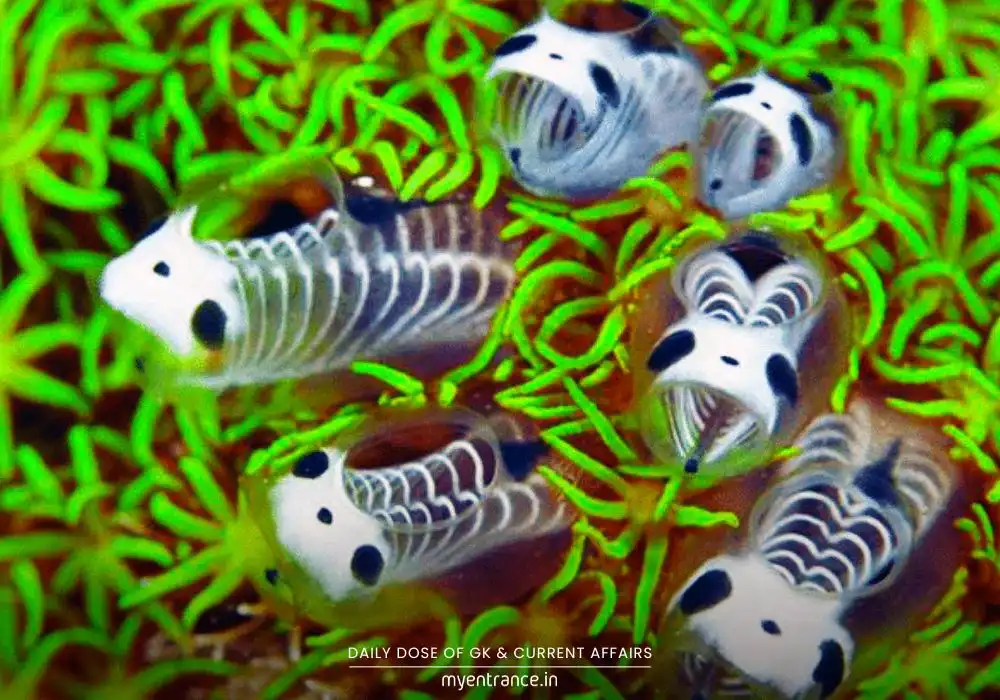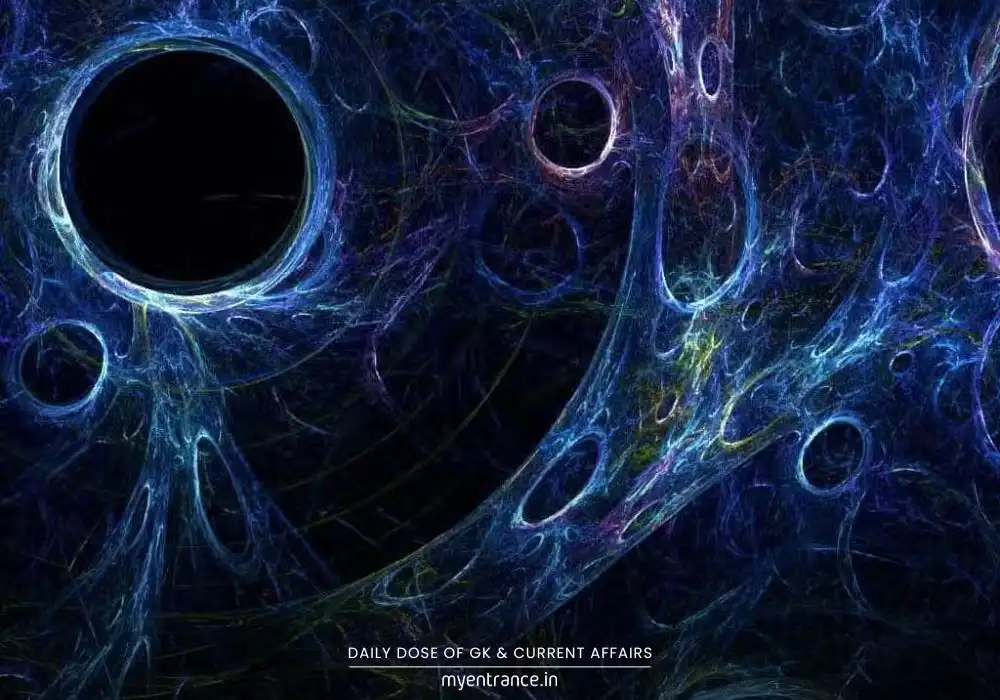Translate Language
Did Scientists Just Discover a ‘Panda’ Underwater? Meet Clavelina ossipandae!
Marine biologists have uncovered a fascinating new species—Clavelina ossipandae—a tiny sea squirt that looks uncannily like a panda! First spotted by divers near Japan’s Kumejima Island, this discovery highlights the wonders of ocean life and the growing importance of citizen science in marine research.

How Was the Panda Sea Squirt Discovered?
1. The Initial Sighting
In 2022, recreational divers exploring the waters around Kumejima Island noticed something unusual—a small, black-and-white sea creature clinging to coral reefs at depths of 5 to 20 meters. Its striking resemblance to a panda made it stand out instantly.
2. The Power of Social Media & Citizen Science
Excited divers shared images of the mysterious creature online, sparking curiosity among marine biologists. Researchers soon realized this was no ordinary sea squirt—it was a potential new species!
3. Scientific Confirmation
To verify the discovery, scientists conducted DNA testing and morphological studies. The results confirmed it as a new species within the Clavelina genus, officially named Clavelina ossipandae (inspired by its panda-like appearance). The findings were published in Species Diversity in 2025.
What Makes This Sea Squirt So Unique?
Panda-Like Appearance
Only about 20 mm long, its body has black patches and white bands, mimicking a panda’s face.
The “bones” seen in its gills are actually blood vessels, creating an optical illusion.
Ecological Role
As a filter feeder, it helps clean seawater by consuming bacteria and microalgae.
This process supports coral reef health, ensuring clearer waters for marine life.
Evolutionary Significance
Belongs to the Chordata phylum, making it a distant relative of vertebrates (including humans!).
Unlike most chordates, it remains stationary—a clever adaptation for reef survival.
Why Is This Discovery Important?
Highlights undiscovered marine biodiversity—scientists believe many more species await discovery.
Shows the impact of citizen science—divers and enthusiasts play a crucial role in marine research.
Raises new questions—Why does it have panda-like markings? Possible theories include camouflage, predator deterrence, or UV protection.
Quick Q&A About Clavelina ossipandae
1. Where was the panda sea squirt found?
Near Kumejima Island, Japan, at depths of 5–20 meters.
2. How did divers help in its discovery?
By sharing photos online, which caught scientists’ attention and led to further research.
3. What’s special about its appearance?
Its black-and-white pattern resembles a panda, a rare trait among sea squirts.
4. What role does it play in the ecosystem?
It filters water, keeping coral reefs clean and healthy.
5. Is it related to humans?
Yes! As a chordate, it shares a very distant evolutionary link with vertebrates, including humans.
The discovery of Clavelina ossipandae proves that the ocean still holds countless mysteries. With the help of citizen scientists and advanced research, we’re uncovering fascinating new species—one panda-like sea squirt at a time!
Want more intriguing science updates? Stay tuned to MyEntrance.in for the latest discoveries and exam-prep resources for UPSC, SSC, NIFT, PSC, NID and more!
Get 3 Months Free Access for SSC, PSC, NIFT & NID
Boost your exam prep!
Use offer code WELCOME28 to get 3 months free subscription. Start preparing today!














